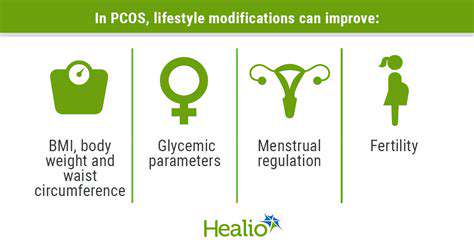Los síntomas de la POTS pueden variar mucho de persona a persona, pero los síntomas comunes a menudo incluyen mareos, aturdimiento y desmayos (síncope). Muchas personas experimentan fatiga, dolores de cabeza y náuseas, lo que puede dificultar considerablemente las actividades diarias y el bienestar general. Estos síntomas también pueden fluctuar
El vínculo neurológico entre el SÍNDROME DE TAQUICARDIA POSTURAL ORTOSTÁTICA (POTS) y los dolores de cabeza
Entendiendo el Síndrome de Taquicardia Postural Ortostática (POTS)
El Síndrome de Taquicardia Postural Ortostática (POTS) es una afección compleja caracterizada por un aumento rápido de la frecuencia cardíaca al ponerse de pie desde una posición sentada o acostada. El papel de las modificaciones del estilo de vida en la gestión de la POTS y el dolor de cabeza

Entendiendo la importancia de la modificación del estilo de vida